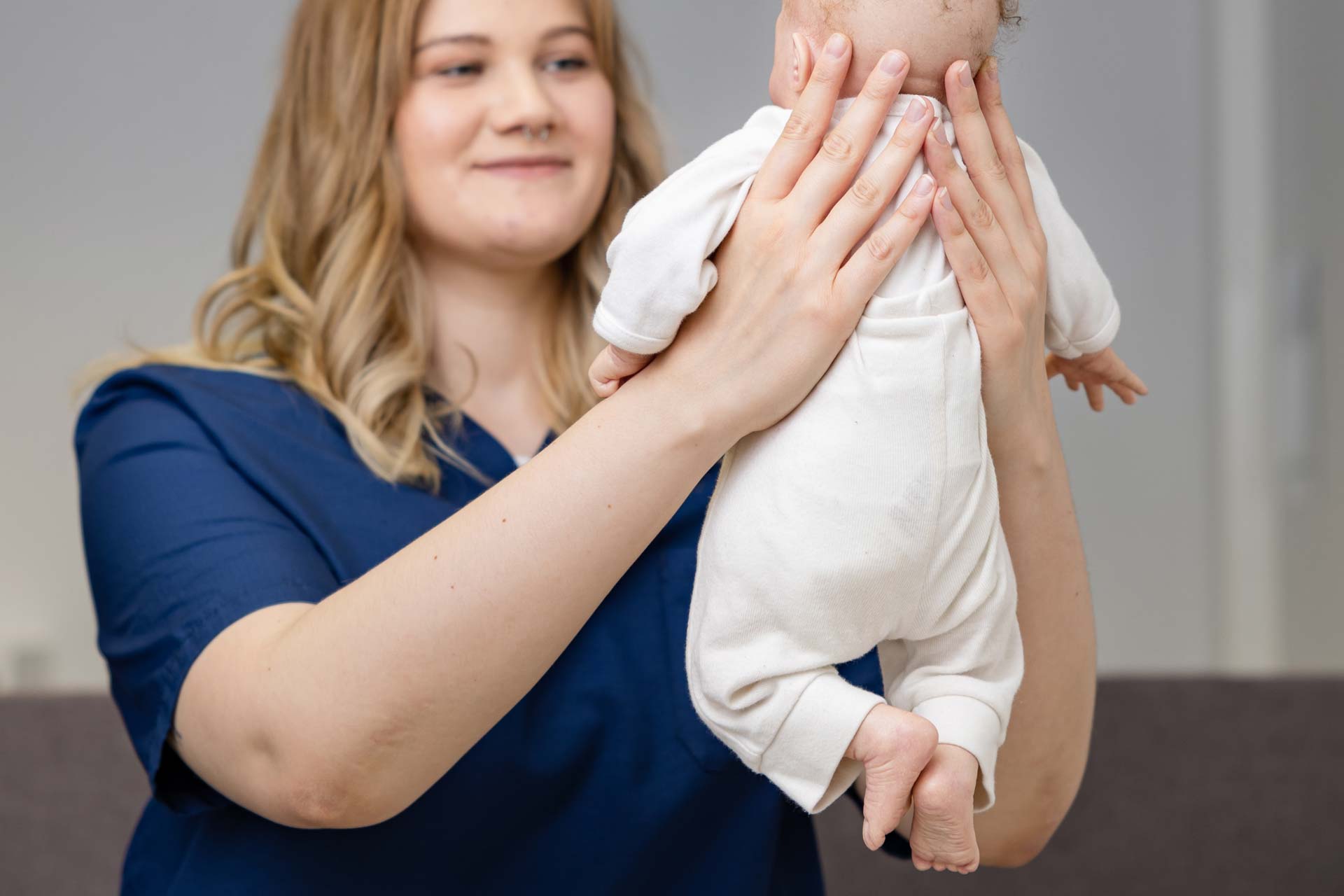
Savonia Article Pro: Evaluating ‘Migrant Client in the Maternity and Child Health Clinic’ material usefulness in public health nursing work
Savonia Article Pro is a collection of multidisciplinary Savonia expertise on various topics.
This work is licensed under CC BY-SA 4.0
Finland’s 100-year-old maternity and child health clinic system is a familiar concept to many Finns and a key part of healthcare for pregnant women and children. Over the years, the focus of clinic work has shifted from the prevention of infectious diseases to a more holistic approach, emphasizing child development and family well-being. Although the operations are guided by a government decree, in day-to-day practice healthcare professionals need clear instructions and tools to carry out their work effectively. (Riihonen, Hakulinen, Tuomala, 2021).
One of the current challenges in maternity and child health clinics is ensuring equitable care for increasingly diverse client populations. Meeting with immigrant clients requires attention to several factors, such as verifying service entitlements, reviewing vaccination history, screening for infectious diseases, considering possible trauma backgrounds, and guiding clients through the practices of the Finnish healthcare system. Language barriers or limited language proficiency can significantly affect the interaction. It’s not always clear to either the professional or the client when to use an interpreter, and the presence of an interpreter may influence the client’s willingness to open up. The growing number of clients who speak foreign languages increases the need for timely and consistent practices in social and healthcare services. (Kaskela, 2017, Lancet 2022).
The aim of the Thesis was to evaluate how the “Migrant Client in the Maternity and Child Health Clinic” material which was implemented to public health nurses at the end of last year, has supported client encounters in the Western Uusimaa wellbeing services county. In addition, the study explored what tools or additional training professionals need to ensure that encounters with immigrant clients are both individualized and equitable.The Western Uusimaa wellbeing services county (LUVN) comprises ten municipalities and serves about 470,000 residents. The region is home to speakers of around 140 different languages, with more than 89,000 residents speaking a foreign language. One third of whom are clients of maternity and child health clinic services. This proportion is expected to grow over the next 15 years in every municipality in the area. (Strategy of the Western Uusimaa Wellbeing Services County, 2025).
‘Migrant Client in the Maternity and Child Health Clinic’ material usefulness in practice
According to an article from Sarkkinen (2021), clear, well-structured, and easily accessible materials significantly support healthcare work. They not only ease the workload but also reduce job-related stress. In this study, “Migrant Client in the Maternity and Child Health Clinic” material gave professionals greater confidence in their work. It helped them navigate situations such as determining clients’ vaccination history, service rights, or service fees. For many immigrants, the clinic is an unfamiliar institution, and the Finnish service system may seem complex. Materials that are clear and visually understandable help build trust and mutual understanding between the professional and the client. (Medina, 2014).
While the material was mostly seen as helpful, some professionals found it difficult to read or visually unappealing. Some links had already expired, and several respondents had forgotten the material existed. There was a wish for a shorter “desktop version” of the service rights information. These observations highlight the need to further improve user-friendliness, keep materials up to date, and provide regular training related to the processes. There is also a need for materials targeted at immigrant clients in their own native languages. In addition, it would be helpful to create brochures explaining the clinic’s operations, which could be distributed through partner organizations.
Clear and up-to-date materials are not just tools. They are part of delivering fair and equitable services. For maternity and child health work to be effective and inclusive for all clients, continuous attention must be paid to the usability, visual clarity, and accessibility of professional resources. Public health nurses also expressed a need for more training in trauma-informed care, as well as in service rights and client fees for immigrant clients.
Authors:
Maria Metzler, Master of Global Public Health, Savonia University of Applied Sciences
Maria Luojus, Principal lecturer, Savonia University of Applied Sciences
References:
Kaskela, A., 2017, Kulttuurisensitiivinen työote terveydenhoitajan työssä monikulttuuristen perheiden kanssa, Terveydenhoitajien näkökulmia monikulttuuriseen kohtaamiseen neuvolassa – Theseus
Medina, J., 2014, Brain rules, BookBeat, audio book
The Lancet, 2022, Migrants’ health and persisting barriers to accessing health-care systems, Migrants’ health and persisting barriers to accessing health-care systems – eClinicalMedicine,
Riihonen R., Hakulinen T., Luomala S., 2021, Terveiden lasten tarkastamista-mitä hyötyä neuvolapalveluista on, https://www.duodecimlehti.fi/duo16562
Sarkkinen, M., 2021. Millainen on hyvä ohje? Kahdeksan vinkkiä ohjeiden tekemiseen työpaikalla | Työterveyslaitos
Western Uusimaa Wellbeing Services County’s strategy, Länsi-Uudenmaan hyvinvointialueen strategia | Länsi-Uudenmaan hyvinvointialue
Western Uusimaa Wellbeing Services County’s strategy, refered 23.2.2025, Länsi-Uudenmaan hyvinvointialueen strategia | Länsi-Uudenmaan hyvinvointialue